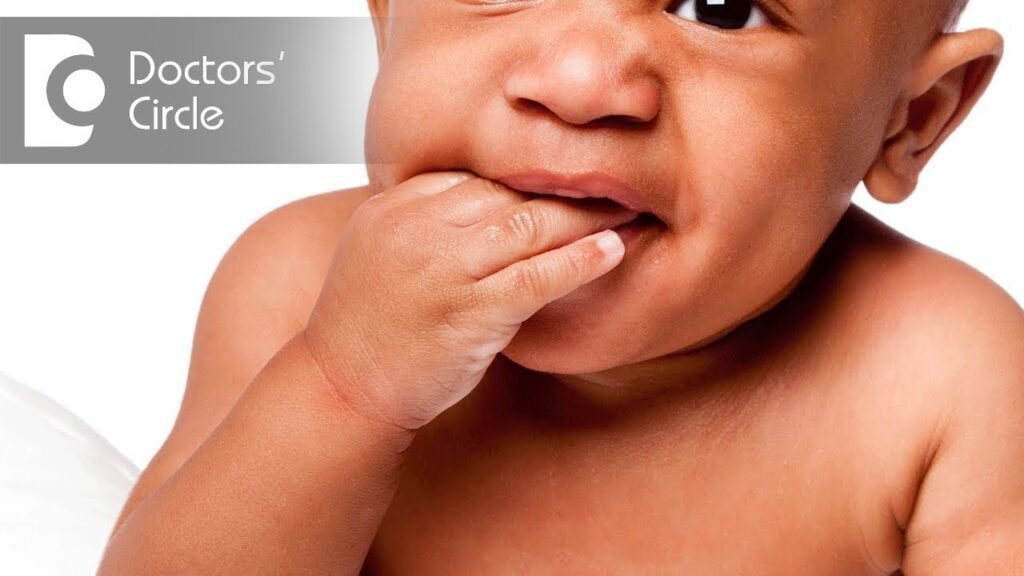Understanding Toddler Second Molars: Development and Care

Toddlers are full of surprises, and one of them is the arrival of their second molars. These important teeth play a crucial role in chewing and maintaining proper dental alignment. As a parent, it's essential to understand the signs of teething and how to help your toddler through this milestone. In this article, we'll explore everything you need to know about toddler second molars, from when they typically emerge to helpful teething remedies. So, grab a cup of coffee and get ready to navigate this exciting stage of your little one's dental development.
Are second molars painful for toddlers?
The emergence of second molars in toddlers can be a challenging time for both children and parents. While some toddlers may not show any signs of pain or discomfort as their molars come in, others may experience symptoms such as sore red gums and increased drooling. It is important for parents to provide comfort and support during this time to help alleviate any potential discomfort their child may be experiencing.
As second molars continue to grow in, parents may notice their toddler exhibiting signs of discomfort such as irritability and difficulty eating or sleeping. By recognizing these symptoms early on and providing proper care, parents can help their child navigate through this stage of development with as little pain and discomfort as possible. Communication with a pediatric dentist can also provide valuable guidance on how to manage any pain or discomfort associated with the emergence of second molars in toddlers.
What is the duration for 2 year molars to come through?
Most children can expect their first set of molars to break through between 13 and 19 months on the top row, and 14 to 18 months on the bottom. The second set of molars typically make an appearance between 25 and 33 months on the top, and 23 to 31 months on the bottom. These timelines may vary slightly from child to child, but these general ranges can give parents an idea of when to expect their little one's 2 year molars to come in.
Do 2 year molars cause a fever?
When toddlers are teething their 2 year molars, it is common for them to experience a low-grade fever. This is a natural response as the large molars push through the gums, causing discomfort. It is important to note that while teething may lead to a slight increase in body temperature, it will not result in a high fever. Understanding this process can help parents provide comfort and care to their little ones during this uncomfortable time.
Navigating the World of Toddler Second Molars
Navigating the world of toddler second molars can be a daunting task for parents. These important teeth play a crucial role in your child's ability to chew and speak properly. It's essential to monitor their development and address any concerns with your pediatric dentist. Regular dental check-ups and proper oral hygiene habits will help ensure your child's second molars come in strong and healthy.
As your toddler's second molars emerge, it's important to watch for signs of discomfort or teething. Providing teething toys or a cool washcloth to chew on can help alleviate any pain or irritation. Additionally, maintaining a nutritious diet and limiting sugary foods will promote strong tooth development. By staying proactive and informed, you can successfully navigate the journey of toddler second molars with ease.
Essential Tips for Caring for Toddler Second Molars
As your toddler's second molars start to come in, it's important to take extra care in maintaining their oral health. Regular brushing and flossing become even more crucial, as these molars are more susceptible to cavities and decay. Make sure to schedule regular dental check-ups and cleanings to catch any issues early on. Additionally, consider incorporating fluoride treatments to strengthen the enamel of their new teeth. By being proactive in caring for your toddler's second molars, you can help set the foundation for a lifetime of healthy teeth and gums.
A Parent's Guide to Toddler Second Molar Development
As a parent, it is important to understand the stages of your toddler's dental development, including the emergence of their second molars. These molars typically come in around the age of 2-3 years old and play a crucial role in chewing and grinding food. Keeping an eye out for any signs of discomfort or teething can help you provide the necessary support and care for your child during this milestone. Regular dental check-ups and a good oral hygiene routine are key in ensuring healthy second molar development and overall dental health for your little one.
Mastering the Art of Toddler Second Molar Care
Are you struggling to keep your toddler's second molars clean and healthy? Look no further! Mastering the art of toddler second molar care is essential for their overall dental hygiene. By introducing gentle brushing techniques and incorporating fluoride toothpaste into their routine, you can ensure that their second molars stay cavity-free. Additionally, incorporating regular dental check-ups and limiting their intake of sugary snacks will contribute to their long-term dental health. With these simple steps, you can master the art of toddler second molar care and set them on the path to a lifetime of healthy smiles.
Overall, the eruption of toddler second molars marks an important milestone in a child's dental development. These teeth play a crucial role in the chewing process and provide necessary space for permanent teeth to come in. By understanding the timing and significance of toddler second molars, parents can ensure proper oral care and address any concerns that may arise during this stage of their child's growth. Remember, a healthy smile starts early, so stay informed and proactive in maintaining your child's dental health.